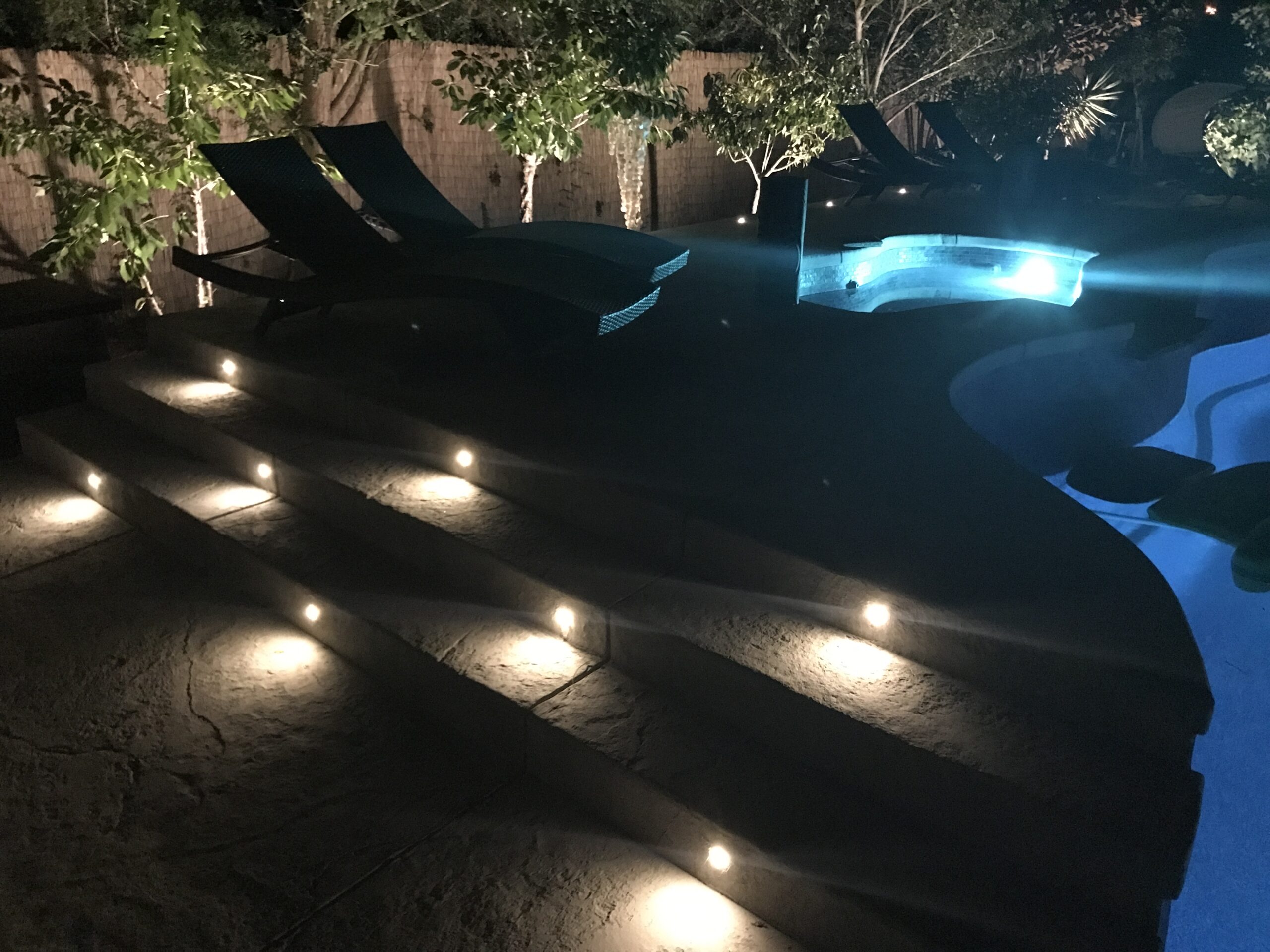How the Right Exterior Lighting Can Improve Your Home and Garden

Exterior lighting should be an integrated part of your landscaping or hardscaping project. Photo: Pro City Electric, Inc. ©2021
There are many factors to consider when planning your home’s landscape. You need to determine what varieties of plants will thrive, how the topography of your lot can best be utilized and, of course, what your budget will permit. When imagining a landscaping project, we often envision what the garden will be like during the daytime, but it’s equally important to consider how your property will look at night. Choosing the right exterior lighting will not only enhance your landscape’s beauty, it’ll also make your home safer.
Plan Exterior Lighting at the Start of Your Project
By working with an experienced landscape designer, you can ensure plans for exterior lighting are integrated into your project. Too often, homeowners don’t think about exterior lighting until the end stages of a landscaping or hardscaping project. Or worse, they don’t realize they need exterior lighting until they start enjoying their new garden in the evenings.
Another option is to hire a qualified electrical contractor. These professionals have the experience to guide you toward the appropriate options that will highlight the best aspects of your home’s exterior and landscape. An electrician understands which products are suitable for exterior use and can make sure they’re installed safely to eliminate potential fire risk.
Exterior Lighting Creates Eye-Catching Nighttime Landscapes
Once the sun sets, the sounds, color tones and atmosphere of your garden change. This is an opportunity to essentially create a second landscape in the same space by using exterior lighting elements.
Mature trees can appear majestic at night when properly lit. By placing upward-facing lights at the base of a tree, you can create a dramatic effect as the light reflects off of the tree’s unique branch structure. For trees with denser foliage, place several lights further away from the tree’s base so all areas are illuminated. You can create a similar effect by hanging lights from tree branches; this may be a preferable option if you’re worried about base lights posing a tripping hazard.
A properly lit landscape will showcase the variety of textures and colors at every level of your garden. If your yard lacks larger trees, you can still use base lighting to highlight an exterior wall, a trellis or any other part of your landscape that you wish to featur
What to Look for in Exterior Lighting Fixtures
Experienced landscape designers recommend choosing exterior lighting fixtures based on their functionality rather than their aesthetic qualities. Today, it’s easy to find carriage lights or wall sconces made from repurposed materials. These fixtures may look charming during the daytime, but when in use, they tend to produce dim light that obscures at certain angles while casting glare at others. Professionals will choose exterior lighting fixtures that are subtle and easy to camouflage into the landscape. The focus should be on the plants and features of the garden, not the lighting hardware.
Exterior Lighting and Safety
Exterior lighting will not only transform your home’s landscape, it can also make your home safer when planned and installed correctly. The simple presence of light doesn’t necessarily improve security. As mentioned above, certain lighting fixtures will cast glare, which can make it difficult to see where you’re going. A good exterior lighting plan will ensure that all entrances and walkways are illuminated and that lights will be responsive to any outside movement. Consider installing motion sensor lights as part of your exterior lighting plan, or opt for LED lighting fixtures that can stay on throughout the night without consuming too much electricity.
By working with a professional electrician or landscape designer, you can be confident that your outdoor lighting features meet local safety codes. In general, any standing lamps, extension cords or other fixtures should be approved for outdoor use, meaning they can withstand cold temperatures and wet weather. Lamps used outdoors should only be plugged into outdoor GFCI outlets. Remember, exterior lighting can only improve your home’s safety if it has been correctly installed.
Use Diamond Certified Resource to find top rated companies.
Local, Top Rated Diamond Certified Companies Related to Your Topic
Marin County Electrical Contractors
San Francisco Electrical Contractors
Contra Costa County Electrical Contractors
Santa Clara County Electrical Contractors
Napa County Electrical Contractors
Related Articles
The Homeowner's Guide to Electrical Services
Get Expert Advice From Owners of Top Rated Local Companies
Become a Diamond Certified Preferred Member (Always Free)